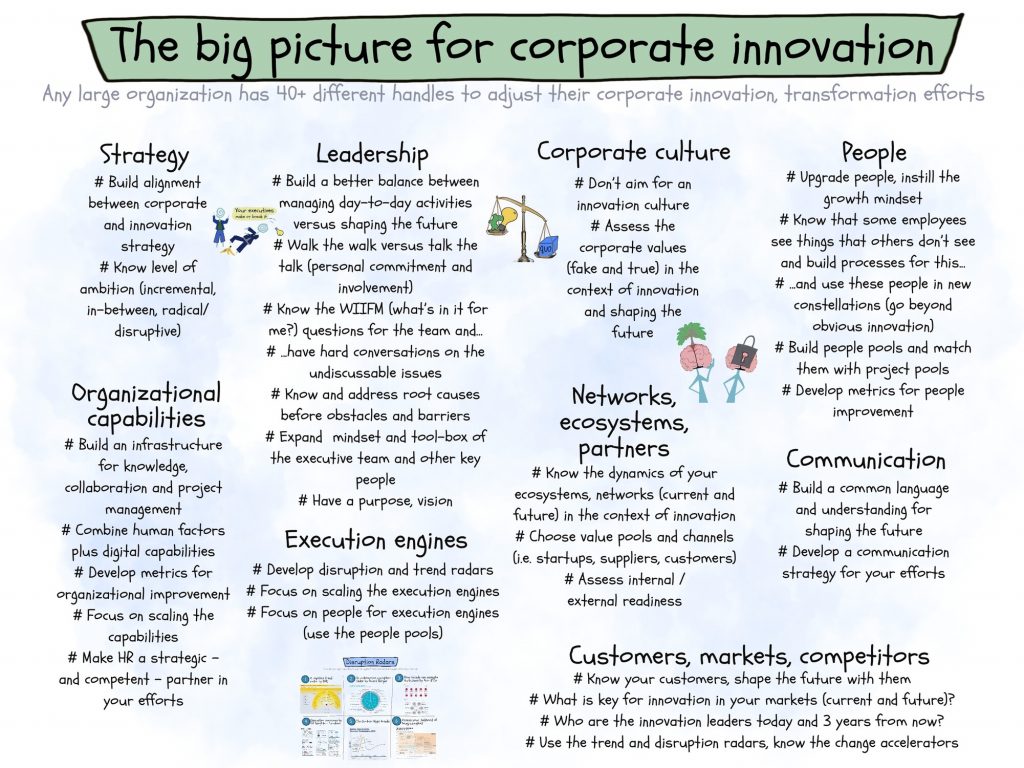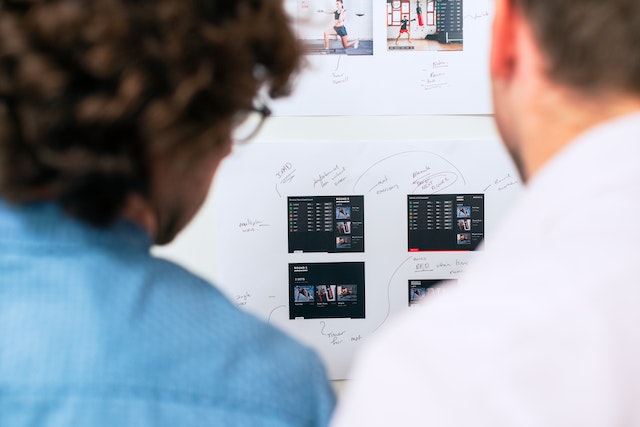
GUEST POST from Stefan Lindegaard
I often talk about organizational inertia being the biggest obstacle for innovation but if this is true for your organization what should you look out for? Here’s my take.
- Aligning with organizational goals and strategy: Innovation teams need to ensure that their ideas and initiatives are aligned with the broader goals and strategy of the organization. This can be challenging if there is a lack of clear communication or alignment between the innovation team and other parts of the organization.
- Gaining support and buy-in: Innovation teams often need to gain support and buy-in from others within the organization in order to move forward with their ideas. This can be difficult if there is resistance to change or a lack of understanding of the value of the team’s ideas.
- Overcoming cultural barriers and resistance to change: Many organizations have entrenched cultures and practices that can be resistant to change. This can make it difficult for innovation teams to gain support and buy-in for their ideas, and can even lead to resistance or pushback from others within the organization.
- Navigating organizational structure and processes: Innovation teams may face challenges related to the structure and processes of their organization, such as bureaucratic red tape or a lack of clear decision-making processes.
- Generating new and creative ideas: Innovation teams need to constantly come up with fresh ideas, which can be a challenging and pressure-filled task.
- Delivering results quickly: In today’s fast-paced business environment, innovation teams often face pressure to deliver results quickly, which can be difficult if their ideas require a significant amount of time and resources to develop.
- Communicating and collaborating effectively: Innovation teams often need to work closely with others, including other teams, departments, and even external partners. This can be challenging if team members have different backgrounds, perspectives, and communication styles.
- Operating within constraints: Innovation teams often have to work within the constraints of limited budgets, resources, and other factors, which can make it difficult to pursue new ideas and initiatives.
Overall, these challenges can make it difficult for innovation teams to be effective and successful in driving innovation within their organizations.
How to address this is very much related the specific situation of an organization and in particular the root causes they deal with.
There is, however, no doubt that this has to dealt with from the top down in order to release the full potential of innovation for the organization.

Image Credit: Stefan Lindegaard, Pixabay
![]() Sign up here to get Human-Centered Change & Innovation Weekly delivered to your inbox every week.
Sign up here to get Human-Centered Change & Innovation Weekly delivered to your inbox every week.







